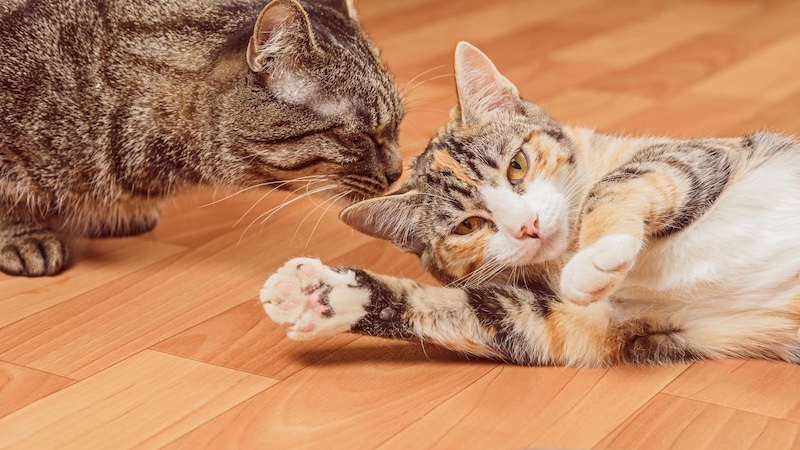Cats, with their enigmatic eyes and graceful movements, have fascinated humans for centuries. However, this allure has also led to the proliferation of numerous myths about these mysterious creatures. It’s time to separate fact from fiction and debunk ten of the most common myths about cats.
1. Myth – Cats Always Land on Their Feet
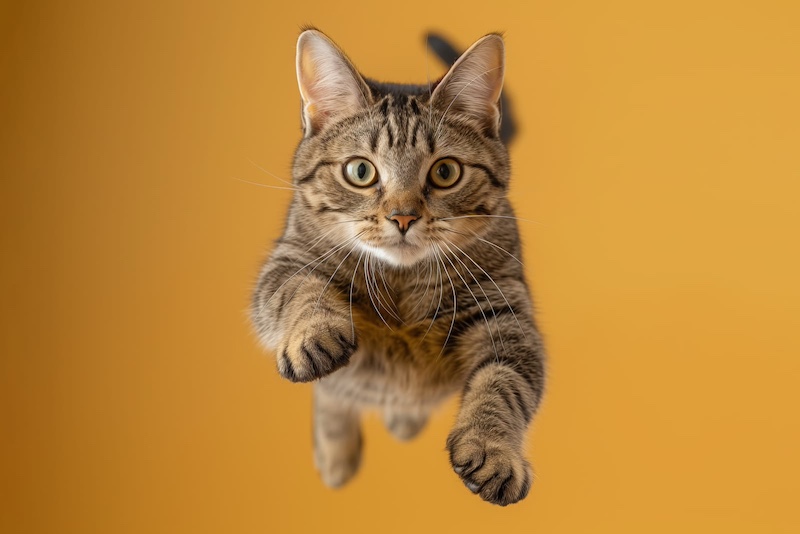
The idea that cats always land on their feet has some basis in reality, thanks to their righting reflex—a natural ability to twist their bodies mid-air to land on their feet. However, this doesn’t mean cats are invincible when they fall. High-rise syndrome, where cats fall from significant heights, can lead to severe injuries or even death. It’s essential to keep windows and balconies cat-proof to prevent such accidents.
2. Myth – Black Cats Are Bad Luck
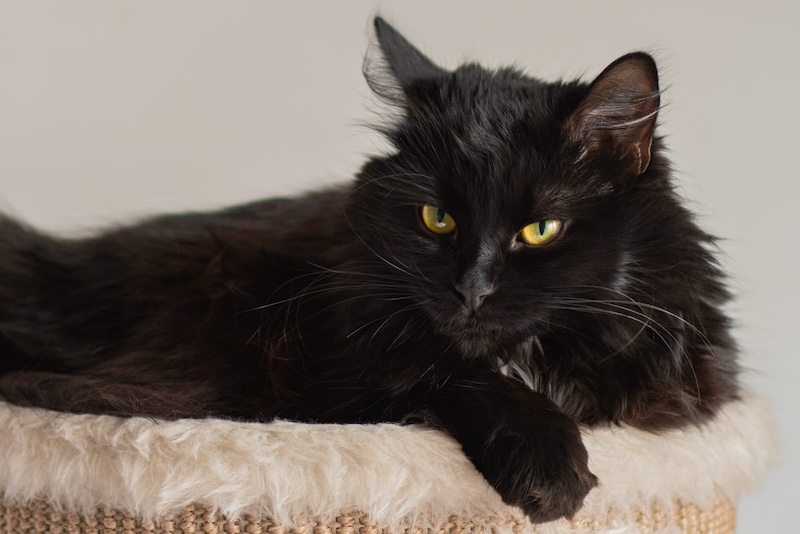
Black cats have been unfairly associated with bad luck and superstition for centuries. In reality, a cat’s color has no bearing on its fortune or the fortune it brings to others. In some cultures, black cats are actually considered good luck. For example, in Japan, owning a black cat is believed to bring wealth and prosperity. It’s time to appreciate black cats for their beauty and charm, free from superstitious stigmas.
3. Myth – Cats Are Aloof and Unaffectionate
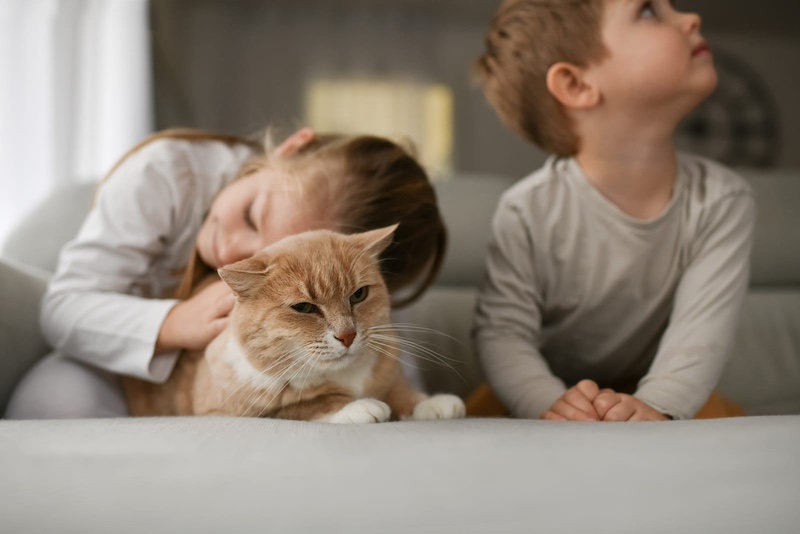
Cats have a reputation for being solitary and indifferent, but anyone who has spent time with a loving cat knows this isn’t true. Cats show affection in various ways, such as purring, head-butting, and kneading. Each cat has its personality, and while some might be more independent, others are highly affectionate and enjoy close companionship with their humans.
4. Myth – Cats and Dogs Are Natural Enemies

The idea that cats and dogs are sworn enemies is largely a myth. While they have different communication styles and instincts, cats and dogs can coexist peacefully and even become close friends. Proper introductions and a bit of patience can foster a harmonious relationship between the two species. It’s crucial to respect their boundaries and allow them to adjust at their own pace.
5. Myth – Cats Suck the Breath Out of Babies

This myth is one of the most bizarre and baseless. There’s no evidence to support the claim that cats intentionally harm babies by sucking their breath. This superstition likely originated from observations of cats being curious about the smell of milk on a baby’s breath. While it’s always good to supervise interactions between pets and young children, there’s no need to worry about cats suffocating babies.
6. Myth – Cats Are Nocturnal
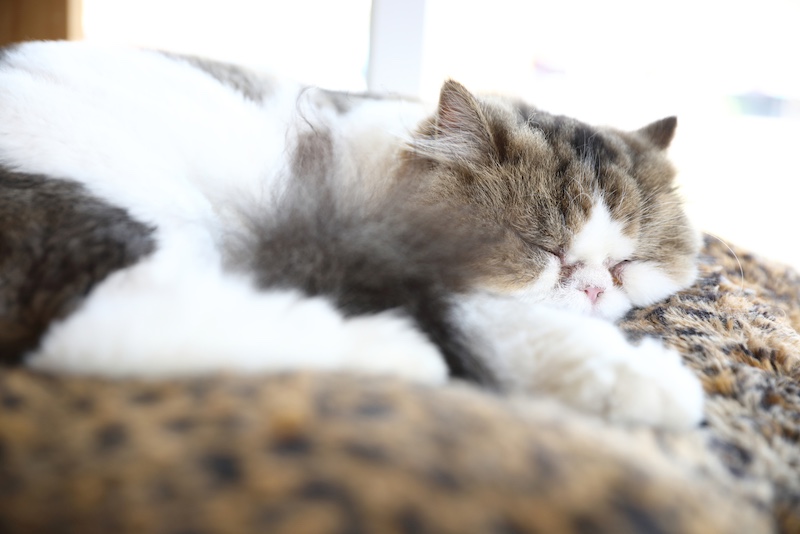
While cats are often more active at night, they are actually crepuscular, meaning they are most active during the dawn and dusk hours. This behavior stems from their wild ancestors, who hunted during these times to avoid larger predators and catch prey that is also active at these hours. If your cat is particularly active at night, providing more playtime and stimulation during the day can help adjust their activity levels.
7. Myth – Cats Only Purr When They’re Happy
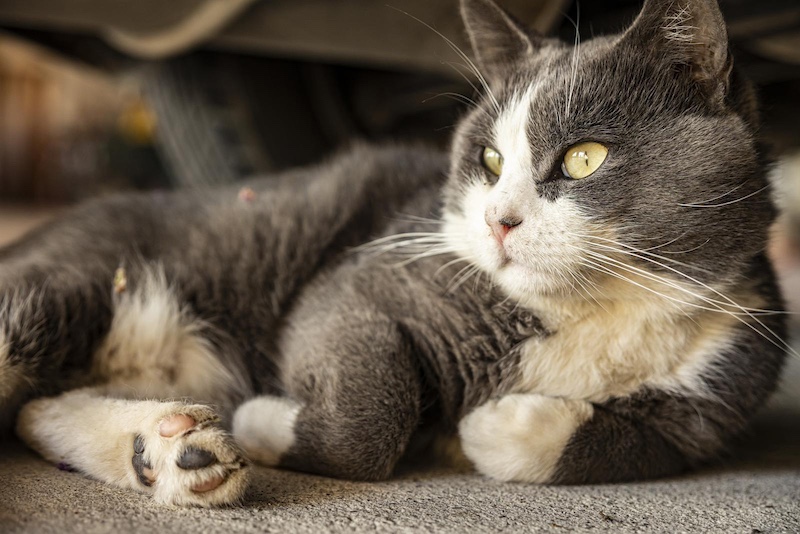
Purring is often associated with a contented cat, but cats purr for various reasons, not all of which indicate happiness. Cats may purr when they are scared, in pain, or even dying. Purring can be a self-soothing mechanism or a way to communicate a need for comfort. Understanding the context of the purring is crucial to interpreting what your cat is trying to convey.
8. Myth – All Cats Hate Water
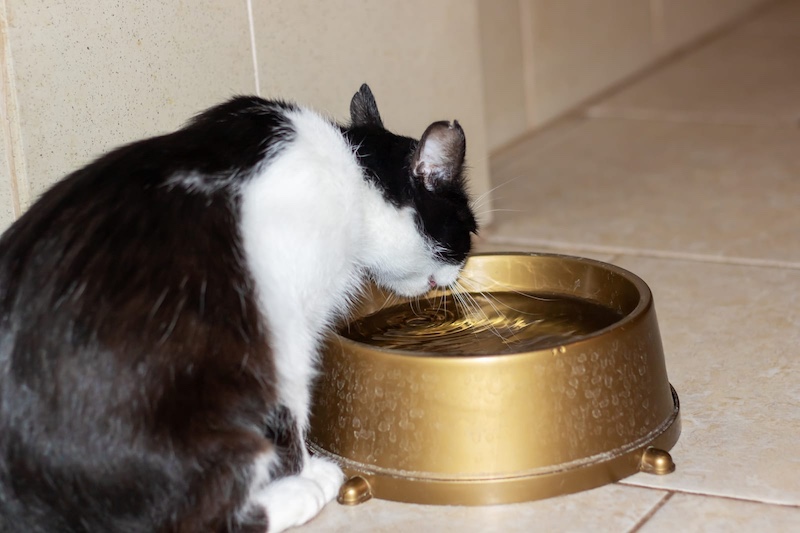
While many cats dislike water, this isn’t a universal truth. Some cats are fascinated by water and enjoy playing with it. Breeds like the Turkish Van are known for their love of swimming. A cat’s attitude towards water can be influenced by early experiences and individual temperament. Introducing water in a gentle, positive manner can sometimes help a cat become more comfortable with it.
9. Myth – Cats Are Low-Maintenance Pets
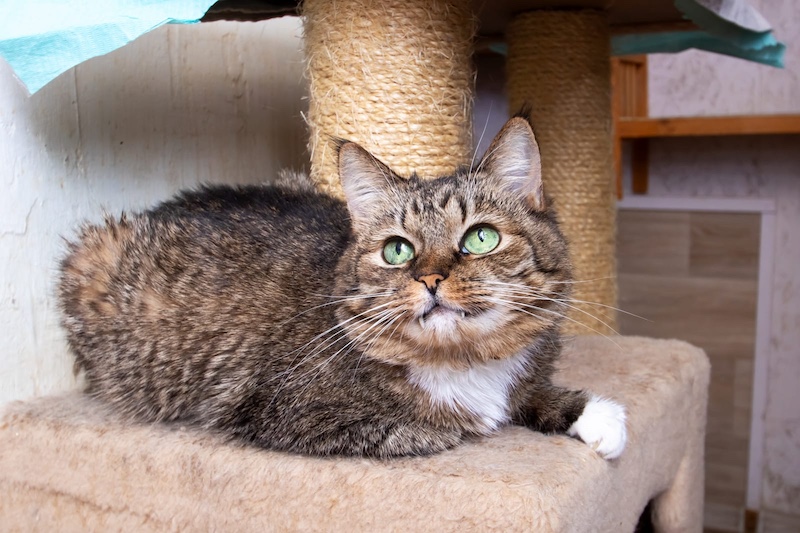
Cats are often considered low-maintenance compared to dogs, but they still require significant care and attention. Regular feeding, grooming, veterinary check-ups, and mental stimulation are all crucial for a cat’s well-being. Litter boxes need to be cleaned regularly, and cats need a stimulating environment to prevent boredom and behavioral issues. Adopting a cat is a long-term commitment that demands responsible pet ownership.
10. Myth – Declawing Is a Simple, Harmless Procedure
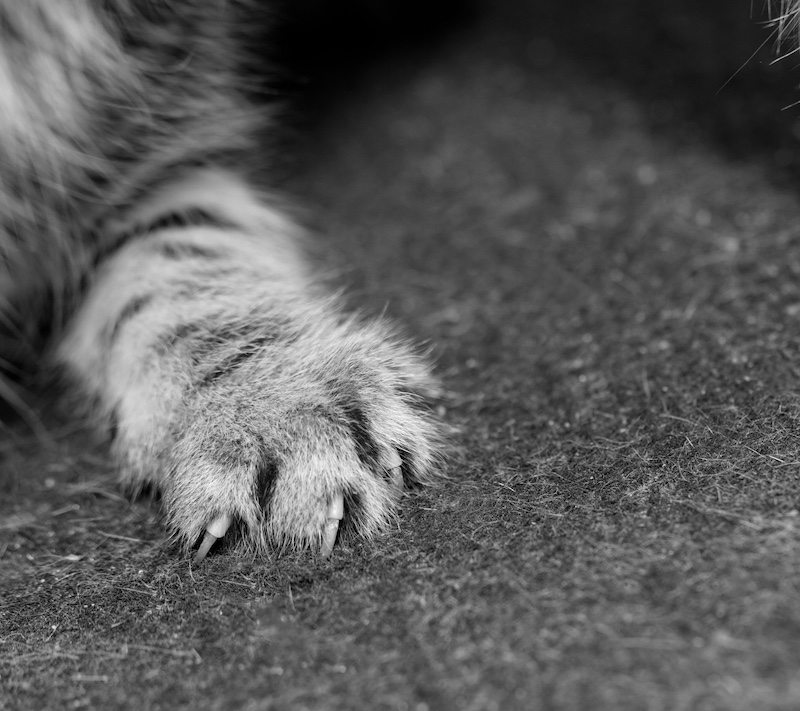
Declawing is far from a simple or harmless procedure. It involves amputating the last bone of each toe, which can lead to long-term physical and psychological issues for the cat. Declawed cats may experience chronic pain, behavioral problems, and difficulty walking. There are humane alternatives to declawing, such as regular nail trimming, providing scratching posts, and using nail caps.

